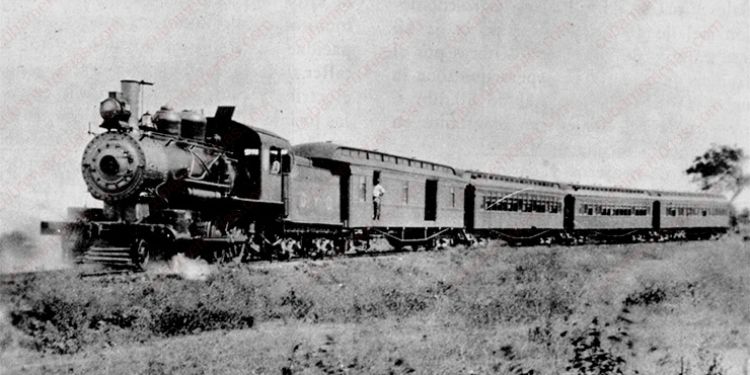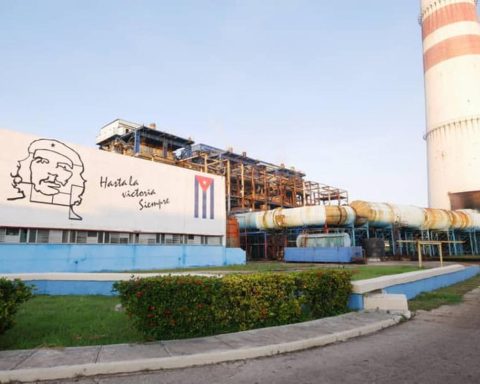AREQUIPA, Peru – At about six o’clock in the evening on Sunday, May 12, 1918, steam locomotive No. 95, coming from Havana, was parked in the neo-Puebla yard of the United Railways in Matanzas.
According to the state newspaper Gironan employee began his usual inspection and cleaning and, taking advantage of the fact that the machine still had steam, he made it go into reverse. Confident, he left the start valve open. It was then that it started at full speed and the worker, frightened, abandoned it.
Fortunately, the swing bridge was in its normal position, which prevented the locomotive from falling into the San Juan River. It crossed the entire Laborde Street in Versailles until it derailed in front of the warehouses of the American company Cuban Distilling, in port areas.
The unusual event, which caused panic among residents and passers-by in the city, not only exists in contemporary universal filmography, but also in the local history of Matanzas.
Cuba: a pioneer of Latin America
With the inauguration of the first section of railway in Cuba, on November 19, 1837, the Island became the first country in Latin America and the seventh in the world to employ This means of transport; even ahead of Spain, which did not implement it until eleven years later.
This advance was due to Claudio Martínez de Pinillo, Count of Villanueva, born in Havana, who proposed the project to Queen Isabel II. She authorized it and it was financed by English banks with a loan of two million pesos in gold.
The railway section ran from Havana to Bejucal, with 27.3 km and was initially used for economic purposes, mainly related to the cultivation of sugar cane.
The following year, this section was extended to Güines. Cárdenas was the second city to have a railway, in 1840; and in 1846 a section was established in the province of Camagüey. In a period of 15 years, some 100 km of railways were built.
Follow our channel WhatsApp. Receive the information from CubaNet on your cell phone through Telegram.

















